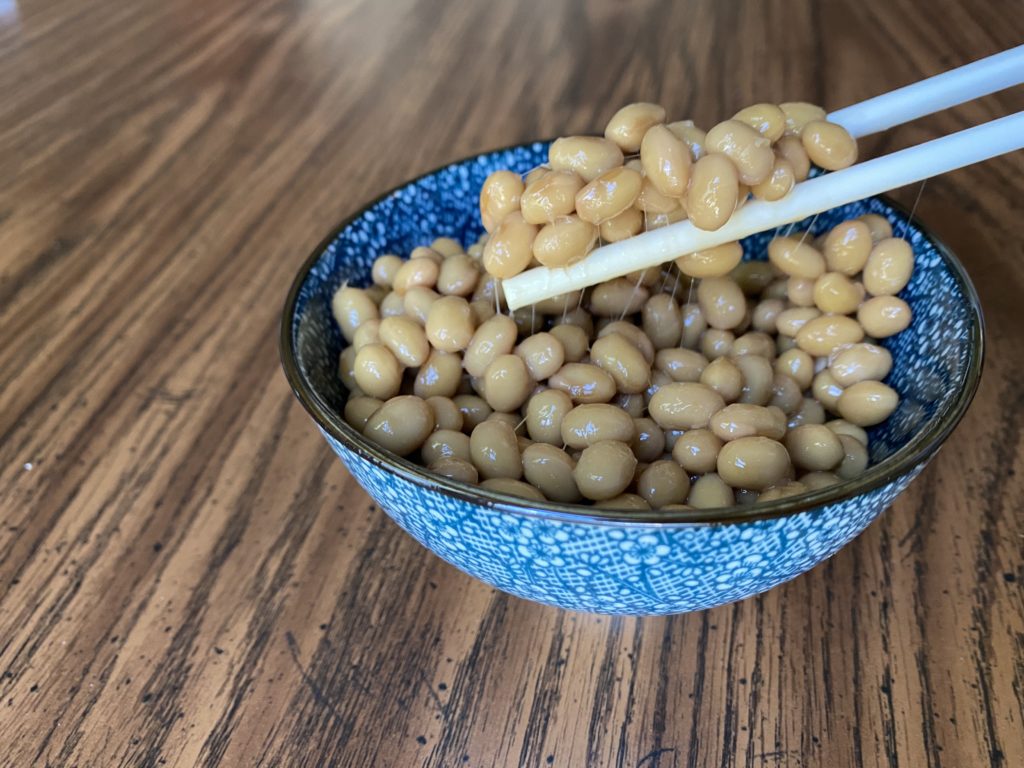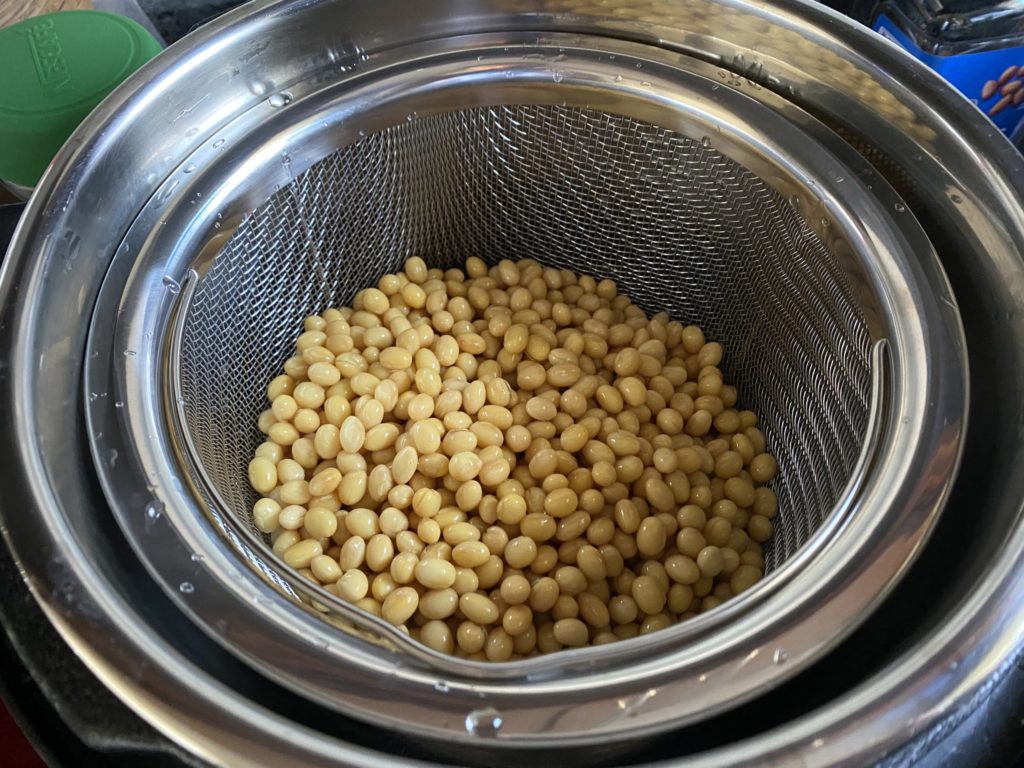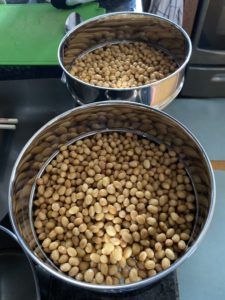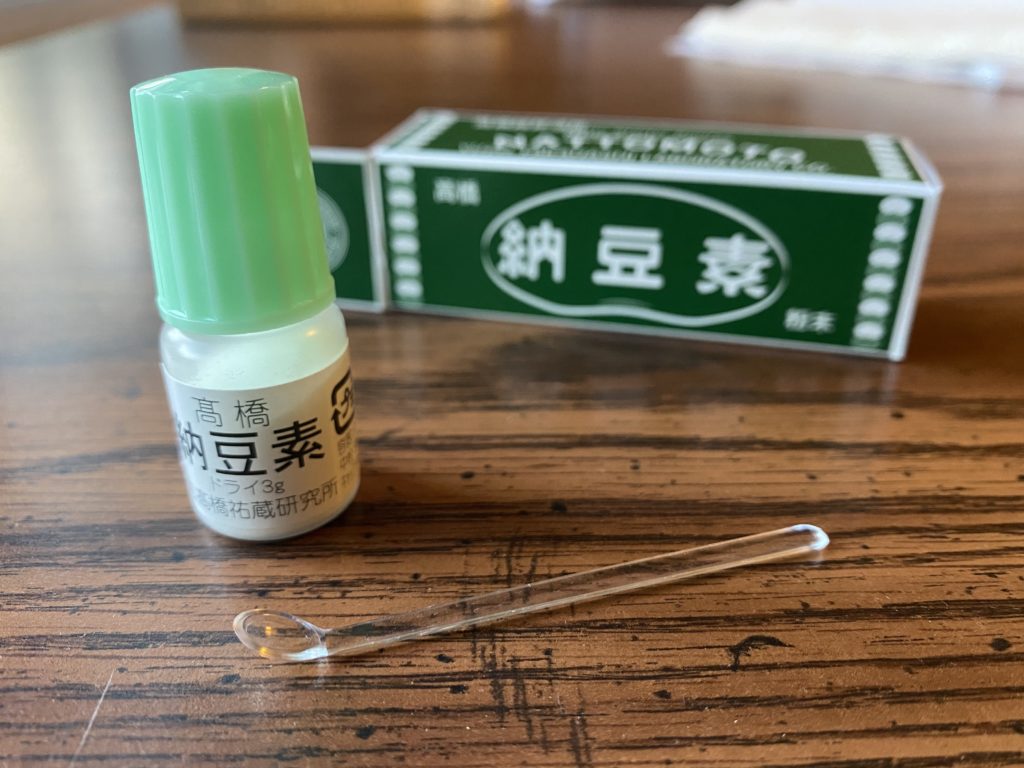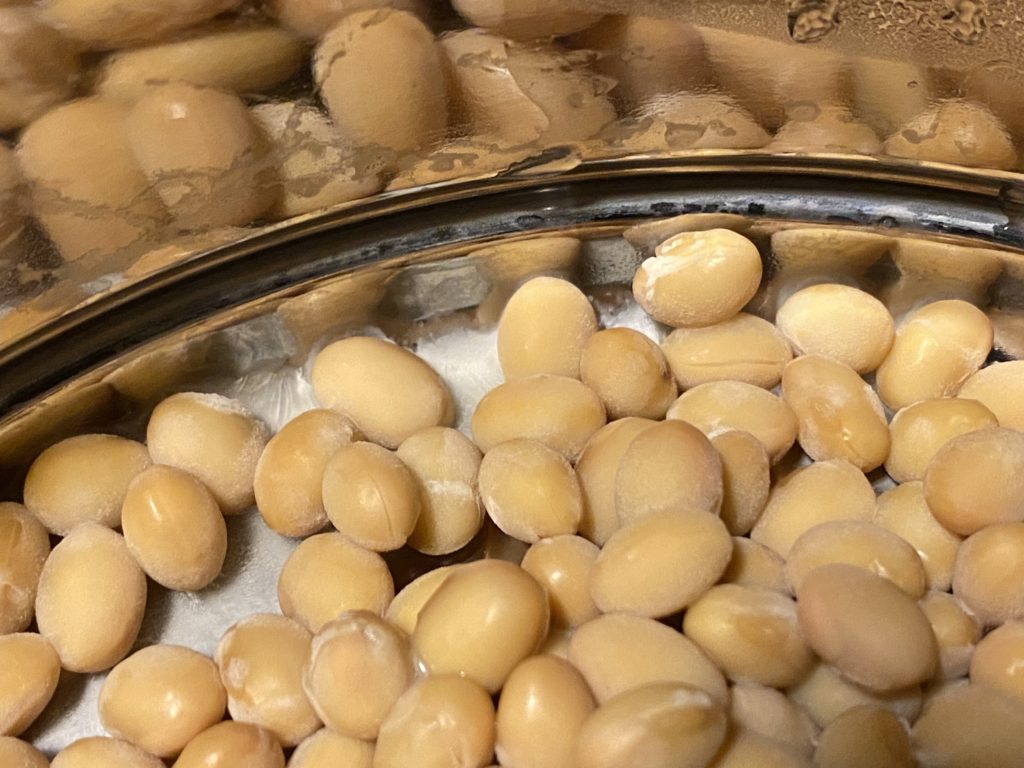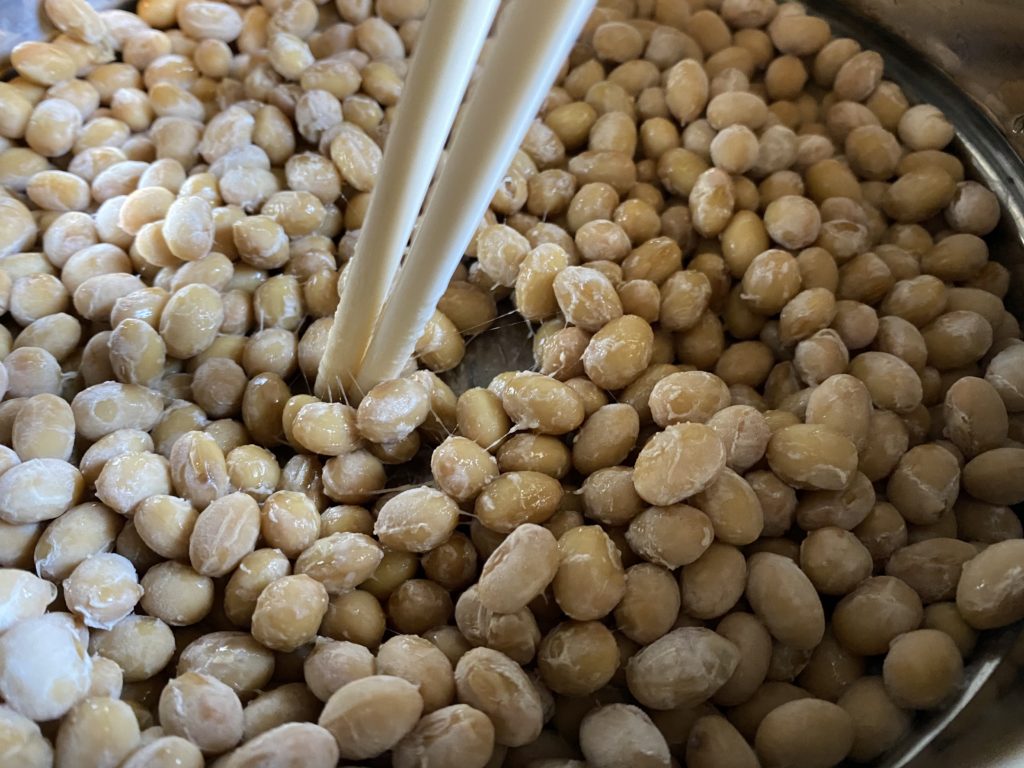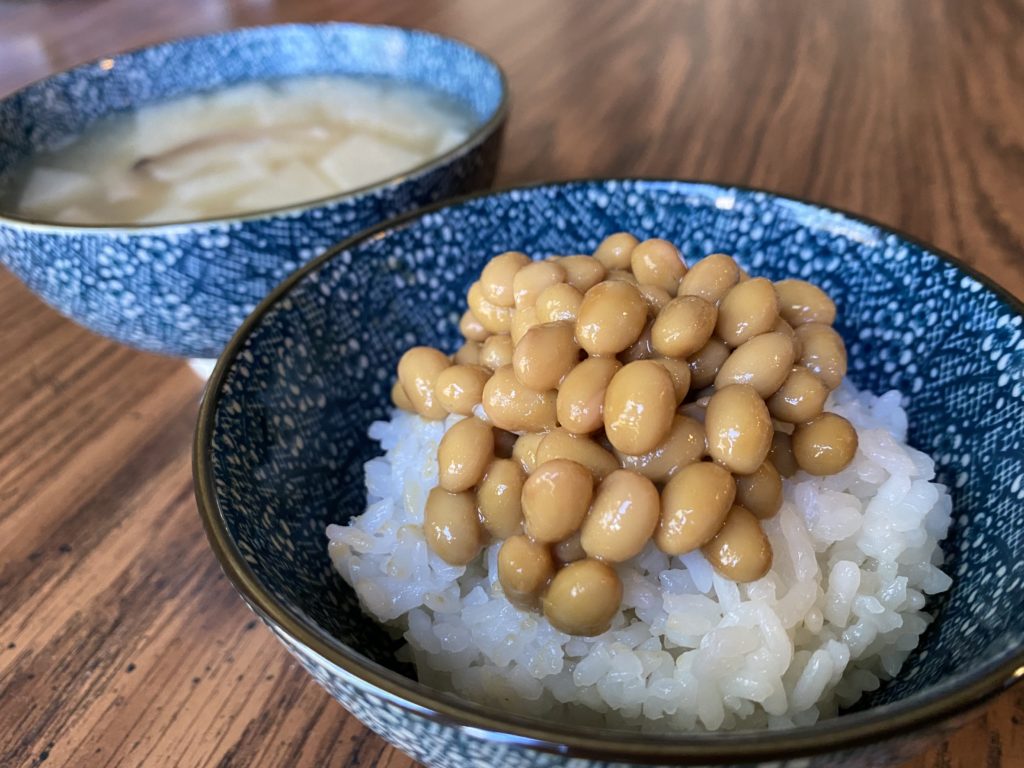The pandemic continues, and I find myself fighting of unpredictable waves of lethargy. My culinary experiments have plateaued, to a certain degree, so I’m relying on old regulars. Recipes that I can cook without having to think too much about them.
One of these is a miso soup recipe for the Instant Pot which I though I’d share as this month’s post. (I also needed something short and automatic that I could knock out due to said lethargy.)
I found the recipe on Cookpad, which is a fantastic website that you should definitely explore, and the title basically explains everything: 圧力鍋で加圧1分☆根菜の味噌汁
Miso soup in a minute! Obviously it’s not quite this easy. There’s a minute of pressurized cooking time, but it takes maybe 10 minutes to get to pressure, another 15 for the pressure to release, and then 10-15 minutes for prep. But all in all it’s not too much of a fuss. I’ll summarize how I do it:
1. Prep the ingredients.
The base to the soup is:
Water, 1L
Dashi powder, 2 tsp
Miso, 2 tbsp
That’s the basic recipe, and you can really experiment with what you add to it. The recipe at the link calls for:
Daikon, maybe half a small daikon chopped
Carrots, 1-2 chopped
Abura-age, 1 chopped
But you can use sato-imo, enoki mushrooms, regular tofu, konnyaku, all sorts of delicious things! I’d recommend trying out different combos and different misos.
2. Add water, ingredients and dashi to the Instant Pot.
The only ingredient you may not need to add to the pot would be regular tofu, although I’m not sure about this. I don’t think it will hurt, though. Stir up the dashi so that it dissolves, add the carrots and daikon, and then put on the lid.
3. Cook on Manual for 1 minute.
Use the manual setting, and let it cook.
4. Use a natural pressure release.
Wait 15 minutes or so and the pressure will naturally release. You can do a manual release, but it will fire a stream of piping hot, daikon-scented steam into the air, which will fill your house. So I recommend waiting.
5. Add the miso.
Use a ladle to dissolve the miso into the Instant Pot a tablespoon at a time. Hold the ladle in the soup and fill it, but don’t let the miso blob out yet. Stir the miso and hot soup with a spoon or chopsticks until it breaks apart and dissolves into the soup.
6. Eat! This is ready to go.
I’m not sure I ever learned how to make miso soup when I was living in Japan. I know I tried, but I only ever used miso. You really need the dashi to give it that fully realized flavor. And the daikon give it that big (farty) flavor and I’m sure are really healthy. I also love sato-imo, especially in the winter. They’re so hearty.
My only tip with this recipe is to not go overboard with the ingredients. Err on adding too few, otherwise you’ll end up with a miso stew instead of miso soup.
The only other thing of note is that this is the recipe that helped me learn the Japanese for “pressure cooker”: 圧力鍋 (atsuryoku nabe) – literally “pressurized nabe.” Love it.

